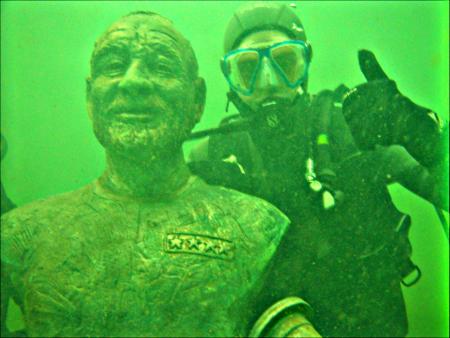opencv影象增強demo
阿新 • • 發佈:2018-12-18
opencv影象增強demo
https://blog.csdn.net/jacke121/article/details/54706279
#include <QCoreApplication>
#include<opencv2/highgui/highgui.hpp>
#include<opencv2/core/core.hpp>
#include<opencv2/imgproc/imgproc.hpp>
#include<opencv/ml.h>
#include<opencv2/photo/photo.hpp>
using namespace cv;
using namespace std;
cv::Mat image_clahe;
int erosion_elem = 0;
int erosion_size = 0;
int dilation_elem = 0;
int dilation_size = 0;
void Erosion( int, void* )
{Mat dst1;
int erosion_type;
namedWindow( "Erosion Demo", CV_WINDOW_AUTOSIZE );
if( erosion_elem == 0 ){ erosion_type = MORPH_RECT; }
else if( erosion_elem == 1 ){ erosion_type = MORPH_CROSS; }
else if( erosion_elem == 2) { erosion_type = MORPH_ELLIPSE; }
Mat element = getStructuringElement( erosion_type,
Size( 2*erosion_size + 1, 2*erosion_size+1 ),
Point( erosion_size, erosion_size ) );
/// Apply the erosion operation
erode( image_clahe, image_clahe, element,Point(0,0),3000 );
fastNlMeansDenoisingColored( image_clahe, dst1, 3, 3, 7, 21 );
imshow( "Erosion Demo", dst1);
imwrite("/home/sukhad/Downloads/Nipun.jpg",dst1);
}
/** @function Dilation */
void Dilation( int, void* )
{
int dilation_type;
namedWindow( "Dilation Demo", CV_WINDOW_AUTOSIZE );
if( dilation_elem == 0 ){ dilation_type = MORPH_RECT; }
else if( dilation_elem == 1 ){ dilation_type = MORPH_CROSS; }
else if( dilation_elem == 2) { dilation_type = MORPH_ELLIPSE; }
Mat element = getStructuringElement( dilation_type,
Size( 2*dilation_size + 1, 2*dilation_size+1 ),
Point( dilation_size, dilation_size ) );
/// Apply the dilation operation
dilate( image_clahe, image_clahe, element,Point(0,0),3000 );
imshow( "Dilation Demo", image_clahe );
}
int main(int argc, char** argv)
{
QCoreApplication a(argc, argv);
// READ RGB color image and convert it to Lab
cv::Mat bgr_image;
cv::Mat lab_image;
bgr_image=imread("051246060311637.png");
cv::cvtColor(bgr_image, lab_image, CV_BGR2Lab);
cv::Mat dst1;
// Extract the L channel
std::vector<cv::Mat> lab_planes(3);
cv::split(lab_image, lab_planes); // now we have the L image in lab_planes[0]
// apply the CLAHE algorithm to the L channel
cv::Ptr<cv::CLAHE> clahe = cv::createCLAHE();
clahe->setClipLimit 





專案地址:https://github.com/sukhad-app/under-water-image-enhancement
這個效果也一般:
http://download.csdn.net/download/mashang666/9555191
http://download.csdn.net/detail/dbc12345666/8092531,這個影象增強後效果:

